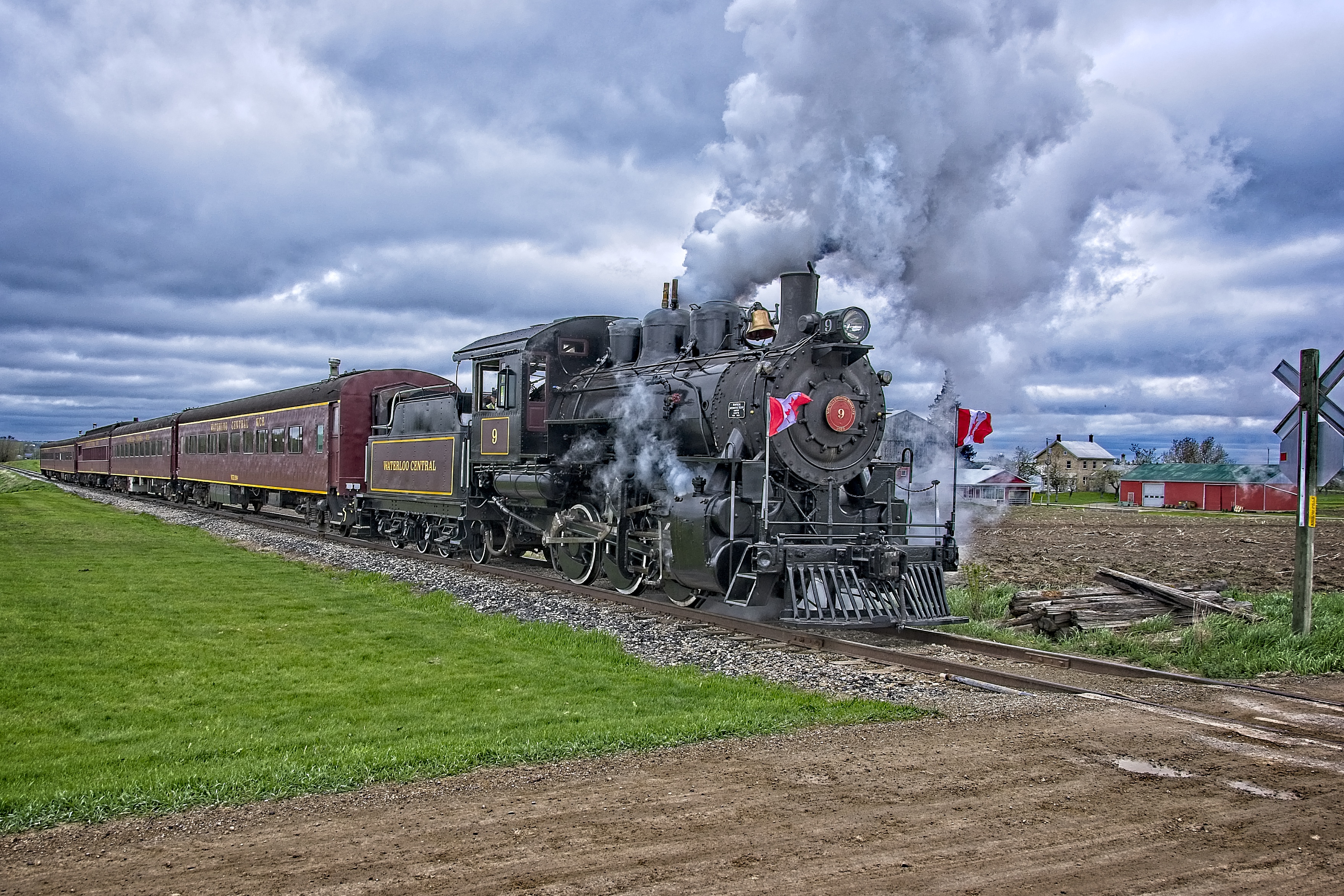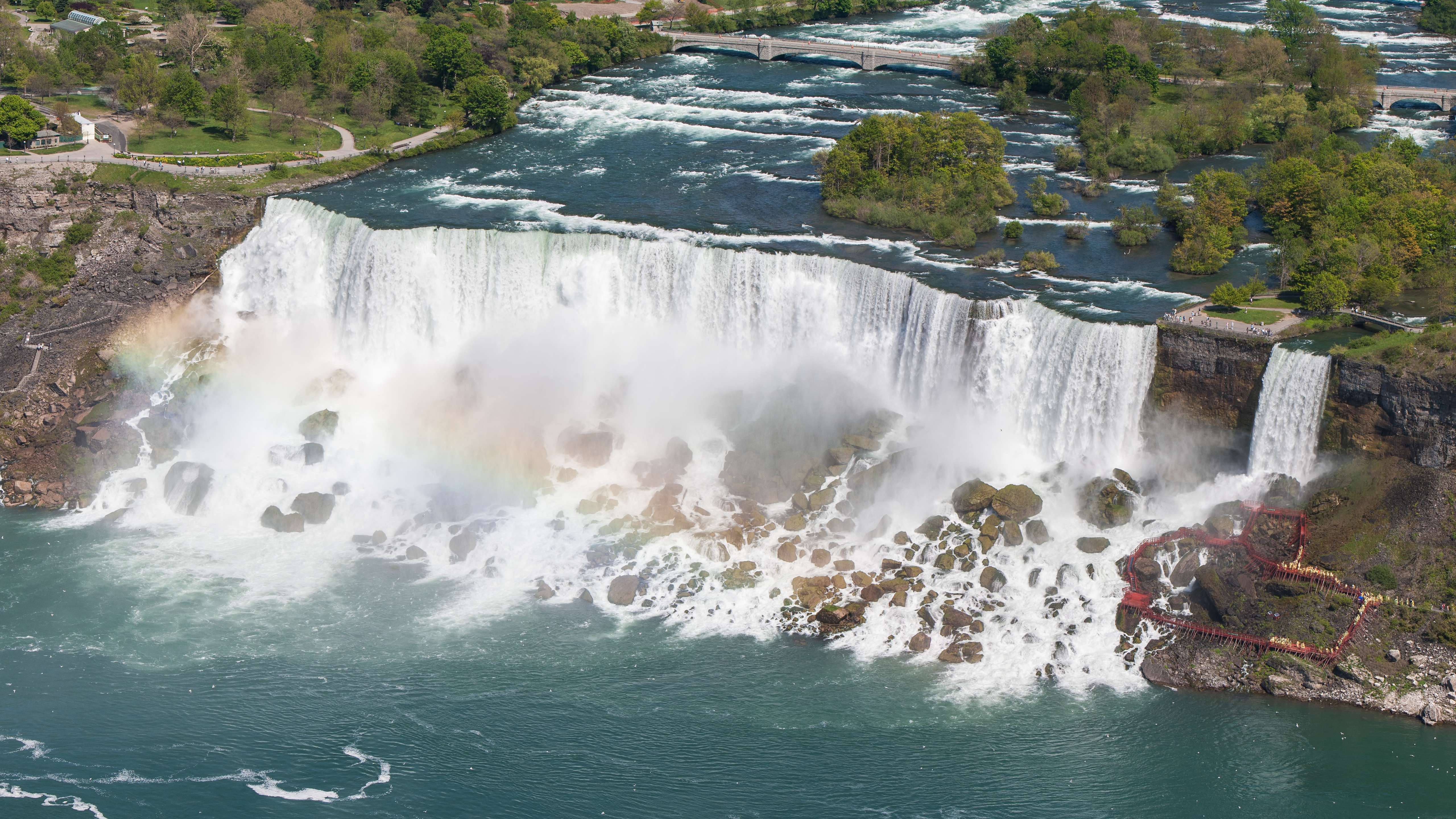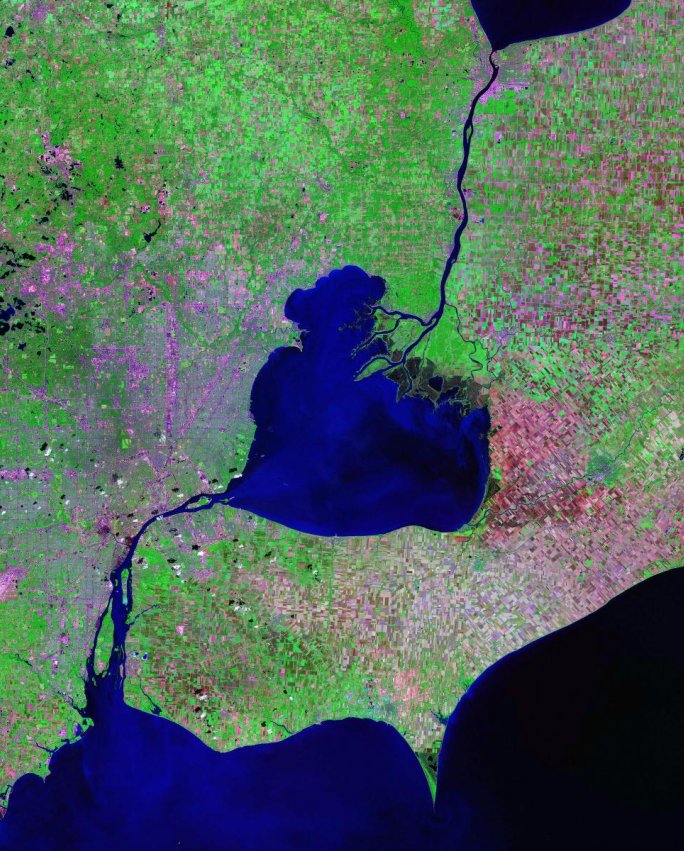|
ETR No. 9
Essex Terminal Railway No. 9 is a preserved 0-6-0 steam locomotive built by the Montreal Locomotive Works in 1923. Originally purchased by the Essex Terminal Railway, the locomotive was in active service until 1960. It is currently owned by the Southern Ontario Locomotive Restoration Society, and it is operated as a tourist attraction, as part of the Waterloo Central Railway, in St. Jacobs, Ontario. History First career The No. 9 locomotive was built in February 1923 by the Montreal Locomotive Works, and it was based on a design created by its parent company, the American Locomotive Company. As an 0-6-0 Switcher locomotive, switcher, it was purchased by the Essex Terminal Railway, (ETR) a Shortline railroad, shortline operator in the Windsor, Ontario area. The locomotive saw active usage until 1960. Between 1960 and 1963, No. 9 was used as an external boiler to provide heat for a building, before it was put into storage. In 1971, No. 9 was loaned to the Ontario Railway Associ ... [...More Info...] [...Related Items...] OR: [Wikipedia] [Google] [Baidu] |
Steam Locomotive
A steam locomotive is a locomotive that provides the force to move itself and other vehicles by means of the expansion of steam. It is fuelled by burning combustible material (usually coal, oil or, rarely, wood) to heat water in the locomotive's boiler to the point where it becomes gaseous and its volume increases 1,700 times. Functionally, it is a steam engine on wheels. In most locomotives, the steam is admitted alternately to each end of its cylinders, in which pistons are mechanically connected to the locomotive's main wheels. Fuel and water supplies are usually carried with the locomotive, either on the locomotive itself or in a tender coupled to it. Variations in this general design include electrically-powered boilers, turbines in place of pistons, and using steam generated externally. Steam locomotives were first developed in the United Kingdom during the early 19th century and used for railway transport until the middle of the 20th century. Richard Trevithick ... [...More Info...] [...Related Items...] OR: [Wikipedia] [Google] [Baidu] |
Michigan Central Railway
The Michigan Central Railroad (reporting mark MC) was originally incorporated in 1846 to establish rail service between Detroit, Michigan, and St. Joseph, Michigan. The railroad later operated in the states of Michigan, Indiana, and Illinois in the United States and the province of Ontario in Canada. After about 1867 the railroad was controlled by the New York Central Railroad, which later became part of Penn Central and then Conrail. After the 1998 Conrail breakup, Norfolk Southern Railway now owns much of the former Michigan Central trackage. At the end of 1925, MC operated of road and of track; that year it reported 4,304,000 net ton-miles of revenue freight and 600 million passenger-miles. Genealogy *Michigan Central Railroad **Battle Creek and Bay City Railroad 1889 **Buchanan and St. Joseph River Railroad 1897 **Central Railroad of Michigan 1837–1846 ***Detroit and St. Joseph Railroad 1831–1837 **Detroit and Bay City Railroad 1881 **Detroit and Charlevoix Railroad ... [...More Info...] [...Related Items...] OR: [Wikipedia] [Google] [Baidu] |
C Steam Locomotives
C, or c, is the third letter in the Latin alphabet, used in the modern English alphabet, the alphabets of other western European languages and others worldwide. Its name in English is ''cee'' (pronounced ), plural ''cees''. History "C" comes from the same letter as "G". The Semites named it gimel. The sign is possibly adapted from an Egyptian hieroglyph for a staff sling, which may have been the meaning of the name ''gimel''. Another possibility is that it depicted a camel, the Semitic name for which was ''gamal''. Barry B. Powell, a specialist in the history of writing, states "It is hard to imagine how gimel = "camel" can be derived from the picture of a camel (it may show his hump, or his head and neck!)". In the Etruscan language, plosive consonants had no contrastive voicing, so the Greek ' Γ' (Gamma) was adopted into the Etruscan alphabet to represent . Already in the Western Greek alphabet, Gamma first took a '' form in Early Etruscan, then '' in Classic ... [...More Info...] [...Related Items...] OR: [Wikipedia] [Google] [Baidu] |
Steam Locomotives Of Canada
Steam is a substance containing water in the gas phase, and sometimes also an aerosol of liquid water droplets, or air. This may occur due to evaporation or due to boiling, where heat is applied until water reaches the enthalpy of vaporization. Steam that is saturated or superheated is invisible; however, "steam" often refers to wet steam, the visible mist or aerosol of water droplets formed as water vapor condenses. Water increases in volume by 1,700 times at standard temperature and pressure; this change in volume can be converted into mechanical work by steam engines such as reciprocating piston type engines and steam turbines, which are a sub-group of steam engines. Piston type steam engines played a central role in the Industrial Revolution and modern steam turbines are used to generate more than 80% of the world's electricity. If liquid water comes in contact with a very hot surface or depressurizes quickly below its vapor pressure, it can create a steam explosion. Types ... [...More Info...] [...Related Items...] OR: [Wikipedia] [Google] [Baidu] |
Elmira, Ontario
Elmira is the largest community in the township of Woolwich, Ontario, Canada. It is north of the city of Waterloo near the Regional Municipality of Waterloo's northern border with Wellington County. The community was listed in the 2016 Canadian census as having a population of 10,161. Waterloo Region is home to the largest population of Old Order Mennonites in Canada, particularly around St Jacobs and Elmira. They are often seen on the local roads using traditional horse and buggy transportation; many also use horses to pull the implements in their farm fields. History The land comprising Woolwich Township belonged to the Huron Nation, then to the Mohawk Nation. The first European settlers arrived in Woolwich Township in the late 18th century. In 1798, William Wallace was one of the first settlers after he was deeded of land on the Grand River for $16,364. A block three of First Nations Lands, this area now comprises a large part of Woolwich Township. The parcel of land calle ... [...More Info...] [...Related Items...] OR: [Wikipedia] [Google] [Baidu] |
Diesel Locomotive
A diesel locomotive is a type of railway locomotive in which the prime mover is a diesel engine. Several types of diesel locomotives have been developed, differing mainly in the means by which mechanical power is conveyed to the driving wheels. Early internal combustion locomotives and railcars used kerosene and gasoline as their fuel. Rudolf Diesel patented his first compression-ignition engine in 1898, and steady improvements to the design of diesel engines reduced their physical size and improved their power-to-weight ratios to a point where one could be mounted in a locomotive. Internal combustion engines only operate efficiently within a limited power band, and while low power gasoline engines could be coupled to mechanical transmissions, the more powerful diesel engines required the development of new forms of transmission. This is because clutches would need to be very large at these power levels and would not fit in a standard -wide locomotive frame, or wear too quic ... [...More Info...] [...Related Items...] OR: [Wikipedia] [Google] [Baidu] |
Region Of Waterloo
The Regional Municipality of Waterloo (Waterloo Region or Region of Waterloo) is a metropolitan area of Southern Ontario, Canada. It contains the cities of Cambridge, Kitchener and Waterloo (KWC or Tri-Cities), and the townships of North Dumfries, Wellesley, Wilmot and Woolwich. Kitchener, the largest city, is the seat of government. The region is in area. The population was 587,165 at the 2021 Canada census. In 2016, the Cambridge, Kitchener, Waterloo area was rated Canada's third-best area to find full-time employment. The region was formerly called Waterloo County, created in 1853 and dissolved in 1973. The county consisted of five townships: Woolwich, Wellesley, Wilmot, Waterloo, and North Dumfries. History Up to the 17th century, the Attawandaron (Neutral) nation inhabited the Grand River area. European explorers admired their farming practices. In the wake of a smallpox epidemic and European incursions, the Haudenosaunee (Iroquois) and the Wendat (Huron) Confeder ... [...More Info...] [...Related Items...] OR: [Wikipedia] [Google] [Baidu] |
ETR No , a rocket testing area off of Cape Canaveral; ER or AFETR
{{disambiguation ...
ETR may refer to: * East Turkestan Republic (other); first and second movements * Express Toll Route, in Canada; Ontario Highway 407 * Entergy Corporation; NYSE stock symbol * Edolo language; ISO language code * Etravirine, a drug used to suppress HIV replication Transportation * ElettroTreno, a series of Italian high-speed trains * Echigo Tokimeki Railway, a railway operating company in Japan * Santa Rosa International Airport, serving Machala, Ecuador * Essex Terminal Railway, a short line railroad in Canada See also * Xetra (trading system); XETR * Eastern Test Range The Eastern Range (ER) is an American rocket range ( Spaceport) that supports missile and rocket launches from the two major launch heads located at Cape Canaveral Space Force Station and the Kennedy Space Center (KSC), Florida. The range h ... [...More Info...] [...Related Items...] OR: [Wikipedia] [Google] [Baidu] |
Niagara Falls
Niagara Falls () is a group of three waterfalls at the southern end of Niagara Gorge, spanning the border between the province of Ontario in Canada and the state of New York in the United States. The largest of the three is Horseshoe Falls, which straddles the international border of the two countries. It is also known as the Canadian Falls. The smaller American Falls and Bridal Veil Falls lie within the United States. Bridal Veil Falls is separated from Horseshoe Falls by Goat Island and from American Falls by Luna Island, with both islands situated in New York. Formed by the Niagara River, which drains Lake Erie into Lake Ontario, the combined falls have the highest flow rate of any waterfall in North America that has a vertical drop of more than . During peak daytime tourist hours, more than of water goes over the crest of the falls every minute. Horseshoe Falls is the most powerful waterfall in North America, as measured by flow rate. Niagara Falls is famed for its b ... [...More Info...] [...Related Items...] OR: [Wikipedia] [Google] [Baidu] |
Detroit River
The Detroit River flows west and south for from Lake St. Clair to Lake Erie as a strait in the Great Lakes system. The river divides the metropolitan areas of Detroit, Michigan, and Windsor, Ontario, Windsor, Ontario—an area collectively referred to as Detroit–Windsor—and forms part of the Canada–United States border, border between Canada and the United States. The Ambassador Bridge, the Detroit–Windsor Tunnel, and the Michigan Central Railway Tunnel connect the cities. The river's English name comes from the French language, French (translated as "River of the Strait"). The Detroit River has served an important role in the history of Detroit and Windsor, and is one of the world's busiest waterways. It is an important transportation route connecting Lake Michigan, Lake Huron, and Lake Superior to Lake Erie and eventually to Lake Ontario, the Saint Lawrence Seaway, St. Lawrence Seaway and the Erie Canal. When Detroit underwent rapid industrialization at the turn of th ... [...More Info...] [...Related Items...] OR: [Wikipedia] [Google] [Baidu] |
Canadian Pacific Railway
The Canadian Pacific Railway (french: Chemin de fer Canadien Pacifique) , also known simply as CPR or Canadian Pacific and formerly as CP Rail (1968–1996), is a Canadian Class I railway incorporated in 1881. The railway is owned by Canadian Pacific Railway Limited, which began operations as legal owner in a corporate restructuring in 2001. Headquartered in Calgary, Alberta, the railway owns approximately of track in seven provinces of Canada and into the United States, stretching from Montreal to Vancouver, and as far north as Edmonton. Its rail network also serves Minneapolis–St. Paul, Milwaukee, Detroit, Chicago, and Albany, New York, in the United States. The railway was first built between eastern Canada and British Columbia between 1881 and 1885 (connecting with Ottawa Valley and Georgian Bay area lines built earlier), fulfilling a commitment extended to British Columbia when it entered Confederation in 1871; the CPR was Canada's first transcontinental railway. ... [...More Info...] [...Related Items...] OR: [Wikipedia] [Google] [Baidu] |









